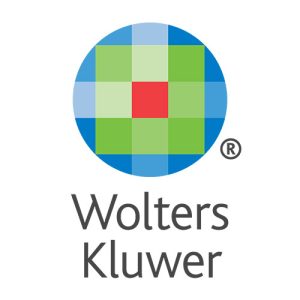Today’s ever-evolving and increasingly complex regulatory landscape has made automating regulatory change management (RCM) more critical than ever. Community financial institutions that rely on manual processes to navigate this ecosystem face enormous challenges while exposing themselves to significant risks. Although web searches and spreadsheets may seem like an economical alternative, the process leaves organizations vulnerable to serious — and potentially costly — ramifications.
To increase efficiency and productivity, manage complexity, and reduce overall compliance risk, it is imperative for financial institutions to allocate funding for RCM automation. Doing so can help your organization avoid fees, fines and penalties associated with compliance failures resulting from manual process errors while delivering numerous organizational advantages. Not sure how to persuade your financial institution’s board members and decision-makers that automation is necessary? Consider this three-prong approach:
1. Quantify the Problems with Manual Processes
Documenting the time and resources your company spends on manual RCM is just as crucial as highlighting the numerous drawbacks inherent in these processes. For example, not knowing who modified a record or why, or even worse, not knowing what to do when the person who created and managed the spreadsheet leaves the department, leaving others unable to understand the formulas they created. This puts the organization at considerable risk and exposure when only one or a few people hold the knowledge via manual processes.
Consider how these common problems with manual processes impact your organization:

2. Highlight the Benefits of Automation
RCM automation has the potential to yield significant paybacks for your organization, and presenting the advantages can be instrumental in building a solid case for investment. Automating RCM helps foster a stronger, more competitive financial institution by maturing your compliance program, enhancing efficiency, reducing compliance costs and risks, and empowering your staff to focus on other business growth initiatives. The optimal solution will:

3. Partner with Key Stakeholders
The best way to achieve buy-in for implementing RCM automation is to gain support from leaders in other areas of your organization, such as senior management, legal, operations and IT. You can also build a compelling case by demonstrating the return on investment (ROI) afforded by an automation solution, as well as helping stakeholders recognize how RCM automation will benefit their work.
Even more, decision-makers need to understand that while their overwhelmed compliance department struggles to manually manage the tsunami of information and regulatory changes, without an automated solution, other areas of the financial institution may not be aware of or implement new business requirements.
Need More Help Making Your Case For Automation?
The experts at Wolters Kluwer will help you zero in on the key regulatory insights for your financial institution as well as provide information about our AI-powered OneSumX® Reg Manager. This cutting-edge SaaS-based automation solution leverages advanced technology to monitor, structure and connect your regulatory changes, streamlining your compliance processes and enhancing efficiency.
Wolters Kluwer is a global leader in information, software solutions and services for professionals in healthcare; tax and accounting; financial and corporate compliance; legal and regulatory; corporate performance and ESG. We help our customers make critical decisions every day by providing expert solutions that combine deep domain knowledge with technology and services. The group serves customers in over 180 countries, maintains operations in over 40 countries, and employs approximately 21,400 people worldwide. The company is headquartered in Alphen aan den Rijn, Netherlands.







